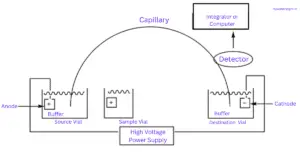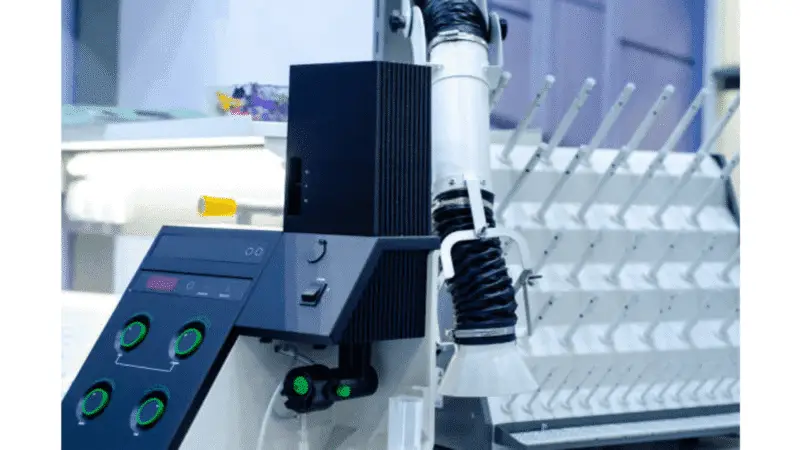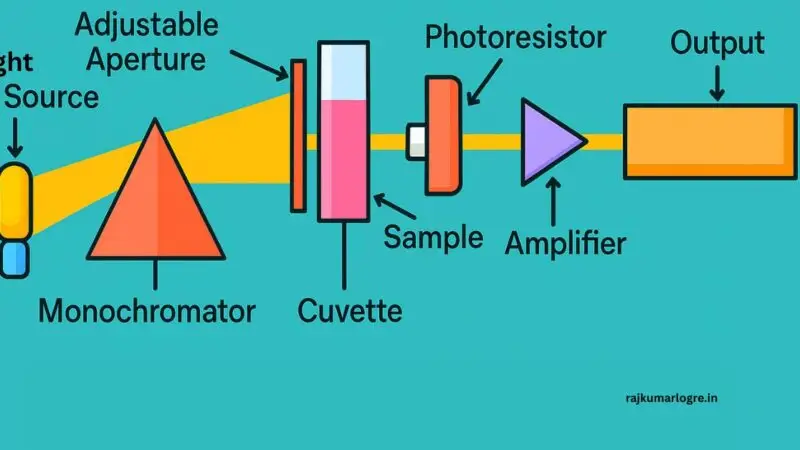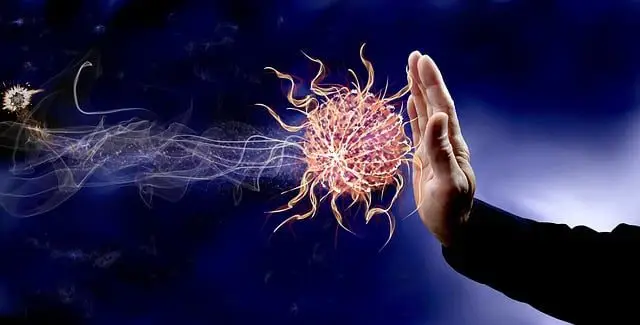Capillary Electrophoresis: Principles, Types, Applications & Benefits

Capillary Electrophoresis: A Comprehensive Guide to This Cutting-Edge Analytical Technique
Capillary electrophoresis (CE) might sound like something straight out of a high-tech science lab, and you’d be right—but it’s also a powerful, practical tool used in everything from pharmaceuticals to forensic analysis. With its growing presence in laboratories around the world, CE has become a go-to technique for separating ionic species based on their charge and size. Whether you’re a budding chemist, an experienced lab technician, or just someone curious about modern science, understanding how capillary electrophoresis works—and why it matters—is essential.
What is Capillary Electrophoresis?
Capillary electrophoresis is an analytical method that uses an electric field to separate molecules according to their electrophoretic mobility. A capillary is a cylindrical tube, usually made of fused silica, is filled with a chemical buffer. When voltage is applied across the capillary, charged particles migrate at different speeds, allowing for their separation and analysis.
CE is particularly effective for analyzing small volumes and offers high-resolution separation, making it ideal for both research and industry applications. Its speed, efficiency, and minimal sample requirement make it a favorite for labs aiming for high-throughput results.
The Principle Behind CE
At its core, CE relies on two key principles: electrophoretic mobility and electroosmotic flow (EOF). Electrophoretic mobility refers to how fast a particle moves in an electric field, which is determined by its charge and size. On the other hand, EOF is the movement of the liquid buffer itself, which carries all analytes toward the detector.
These two mechanisms combined allow CE to efficiently separate complex mixtures of ions and molecules. The unique interplay between them ensures even analytes with similar properties can be separated with high precision.
Types of Capillary Electrophoresis
There’s no one-size-fits-all when it comes to CE. Different variations are designed for different analytical needs:
1. Capillary Zone Electrophoresis (CZE)
CZE is the most common form, where separation occurs in a uniform buffer solution. It’s simple, fast, and excellent for charged molecules like amino acids and peptides.
2. Capillary Gel Electrophoresis (CGE)
CGE uses a gel-filled capillary to separate biomolecules such as DNA and proteins by size. It is extensively utilized in biotechnology and genetic analysis.
3. Micellar Electrokinetic Chromatography (MEKC)
This variation incorporates micelles to separate neutral as well as charged compounds, useful in pharmaceutical and environmental testing.
4. Capillary Isoelectric Focusing (CIEF)
CIEF separates proteins based on their isoelectric point. It’s particularly valuable in proteomics for identifying different protein isoforms.
5. Capillary Electrochromatography (CEC)
Combining features of chromatography and electrophoresis, CEC is suited for separating non-polar compounds, offering enhanced resolution.
Applications of Capillary Electrophoresis
CE isn’t just a laboratory showpiece—it’s a workhorse across various fields:
- Pharmaceuticals: Crystalline separations, formulation investigation, and drug cleanliness testing.
- Biotechnology: Protein and DNA analysis, especially in genetic sequencing.
- Environmental Science: Detection of pollutants and trace metal analysis.
- Forensics: DNA fingerprinting and toxicology reports.
- Food Safety: recognizing food additives, pollutants, and quality assurance.
Its ability to handle complex mixtures with pinpoint accuracy has made it indispensable in regulatory and quality assurance environments.
Advantages of Capillary Electrophoresis
CE boasts a list of benefits that put it ahead of traditional methods like HPLC (High-Performance Liquid Chromatography):
- High resolution: Better separation due to narrow capillaries and precise voltage control.
- Speed: Analyses often completed within minutes.
- Minimal sample requirement: Works with nanoliter volumes.
- Eco-friendly: Uses less solvent and generates minimal waste.
- Cost-effective: Lower operating costs compared to other techniques.
Limitations to Keep in Mind
While CE is powerful, it’s not without limitations:
- Sample complexity: Highly complex mixtures may require pre-treatment.
- Detection sensitivity: UV detection, commonly used in CE, may not work well for all analytes.
- Reproducibility: Results may be impacted by little variations in pH or temperature.
- Capillary clogging: Can occur with viscous or particulate samples.
However, advancements in instrumentation and buffer technology continue to address many of these challenges.
How to Optimize Your CE Results
To get the best from your capillary electrophoresis setup, consider the following:
- Buffer Selection: Choose a buffer with the right pH and ionic strength for your analyte.
- Capillary Conditioning: Frequent cleaning minimizes obstructions and guarantees steady flow.
- Voltage Settings: Adjusting the voltage can fine-tune separation efficiency and run time.
- Temperature Control: Maintain a stable temperature to avoid migration variability.
- Detection Methods: Depending on your sample, consider alternatives like fluorescence or mass spectrometry for enhanced sensitivity.
Future of Capillary Electrophoresis
CE is changing quickly as automation and miniaturization increase. Microchip-based CE (Lab-on-a-Chip systems) promises point-of-care diagnostics and real-time monitoring with minimal reagent use. Integration with mass spectrometry is also expanding CE’s capability in biomolecular research.
As the demand for faster, greener, and more precise analytical methods grows, capillary electrophoresis is well-positioned to become even more prominent in the coming years.
FAQs
1. Is capillary electrophoresis suitable for protein analysis?
Yes, especially methods like CIEF and CGE are widely used for protein separation and identification.
2. How does CE compare to HPLC?
While both are powerful, CE is faster, uses less solvent, and is often more economical. However, HPLC may offer better detection options for certain analytes.
3. Can CE detect uncharged molecules?
Yes, techniques like MEKC allow for the separation of neutral compounds by incorporating micelles.
4. What types of detectors are used in CE?
Common detectors include UV-Vis, fluorescence, and mass spectrometry, depending on the analyte and application.
5. Is capillary electrophoresis environmentally friendly?
Absolutely. CE uses minimal solvents and generates little waste, making it a greener choice for modern laboratories.







very informative articles or reviews at this time.
Your blog is a treasure trove of knowledge! I’m constantly amazed by the depth of your insights and the clarity of your writing. Keep up the phenomenal work!